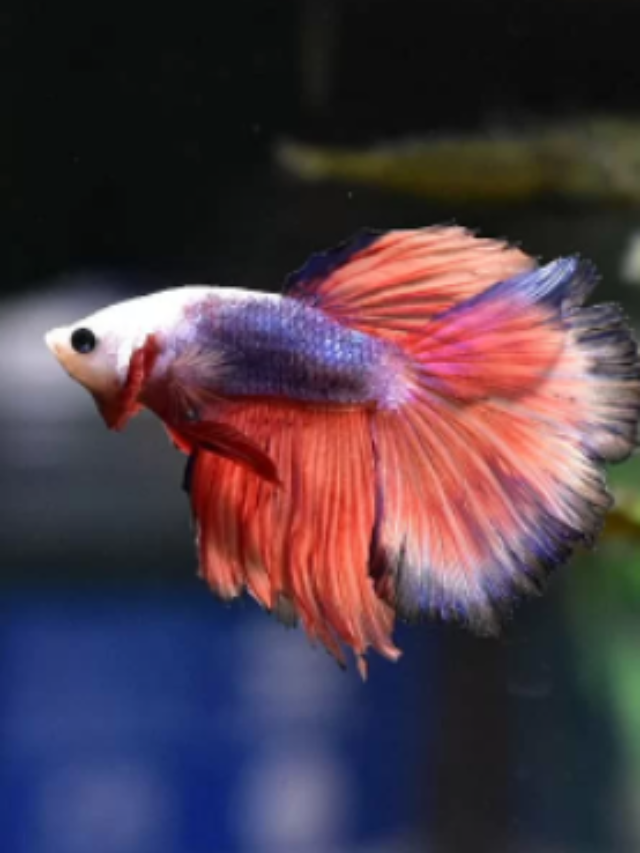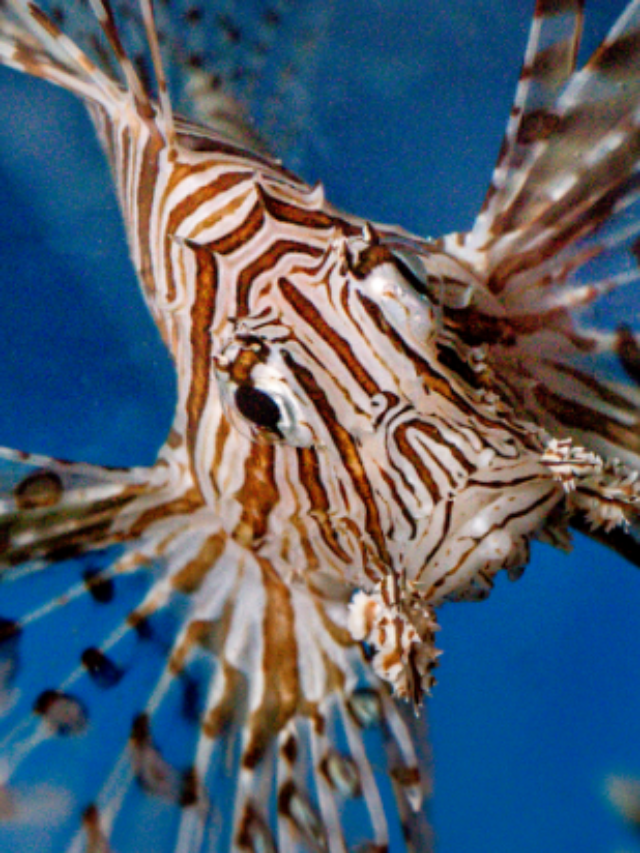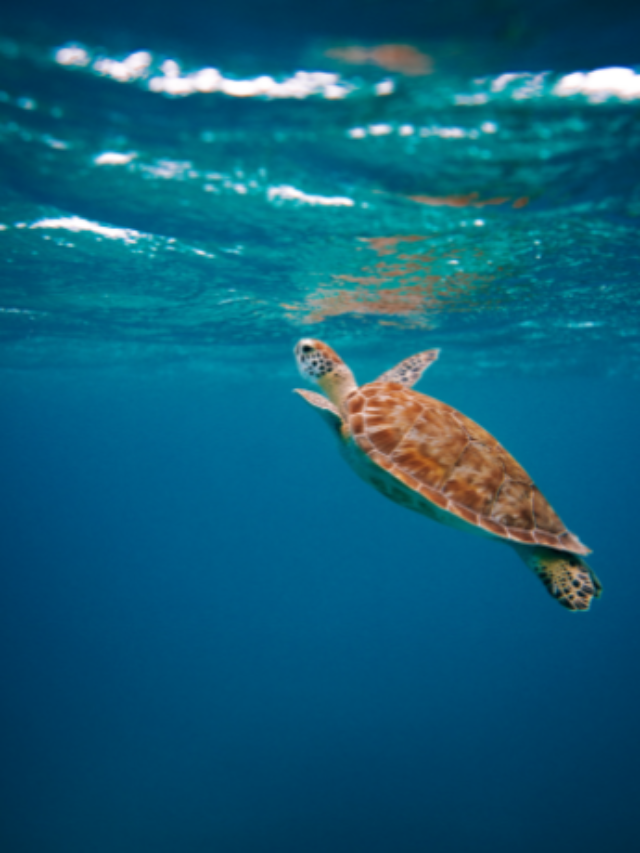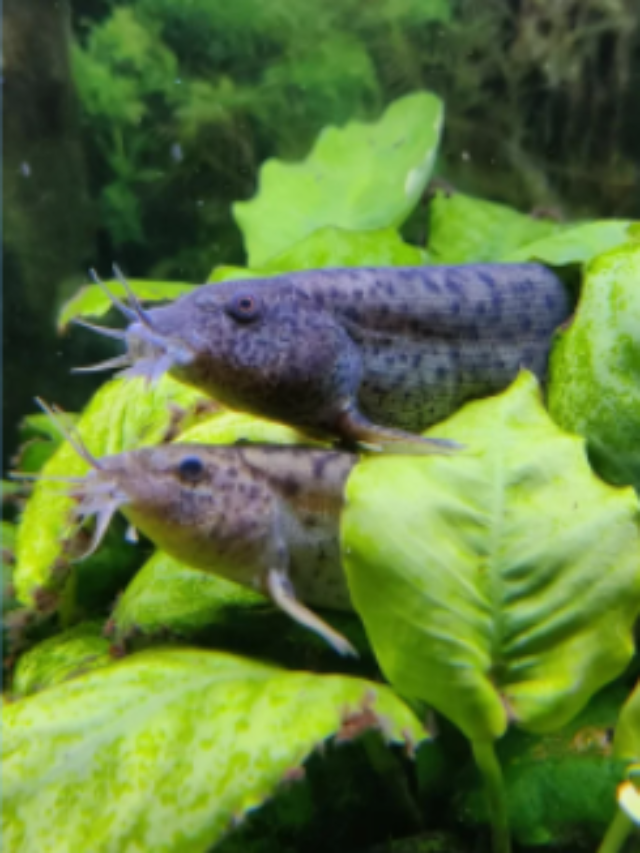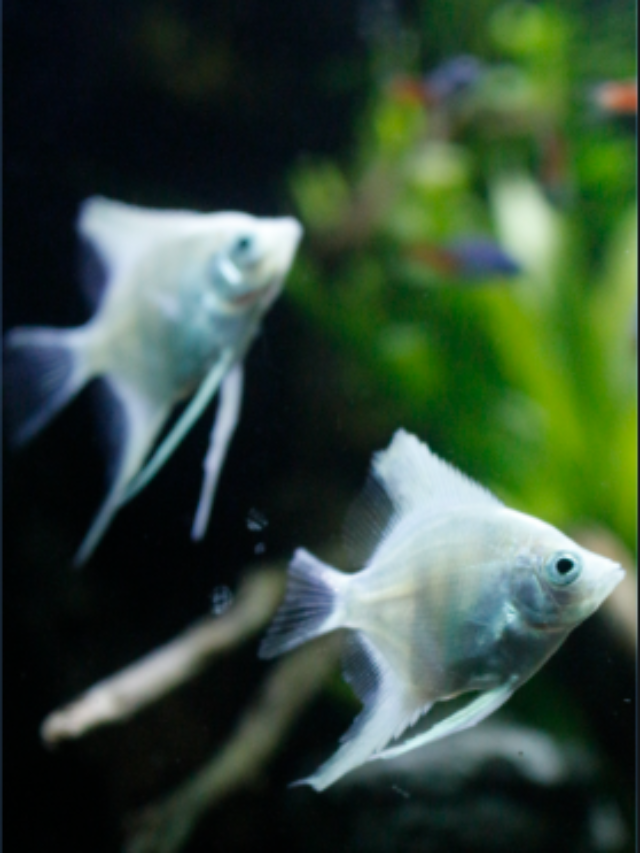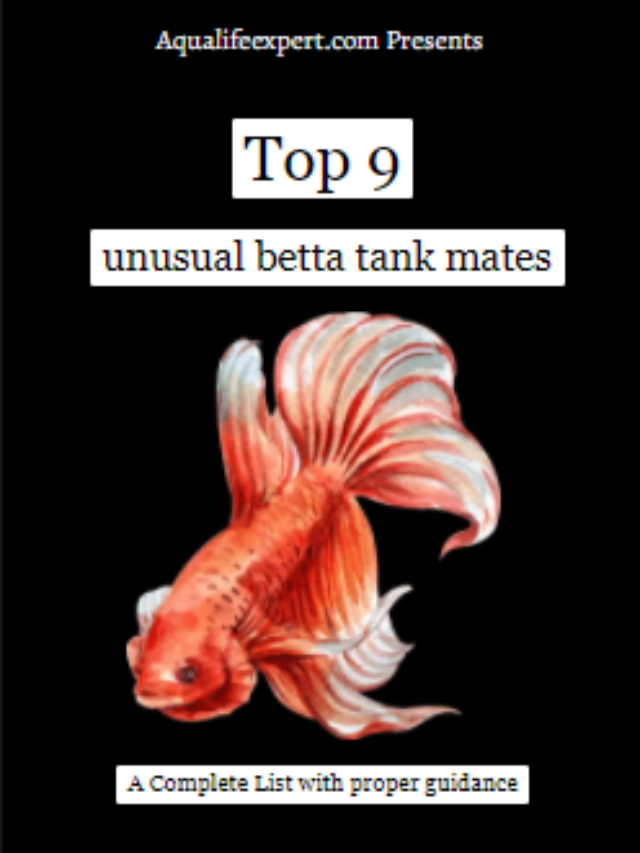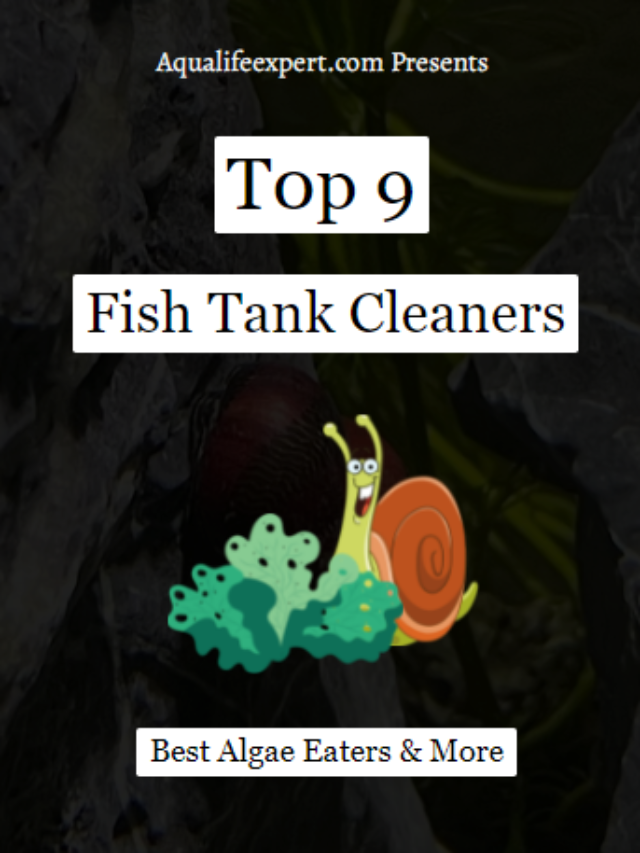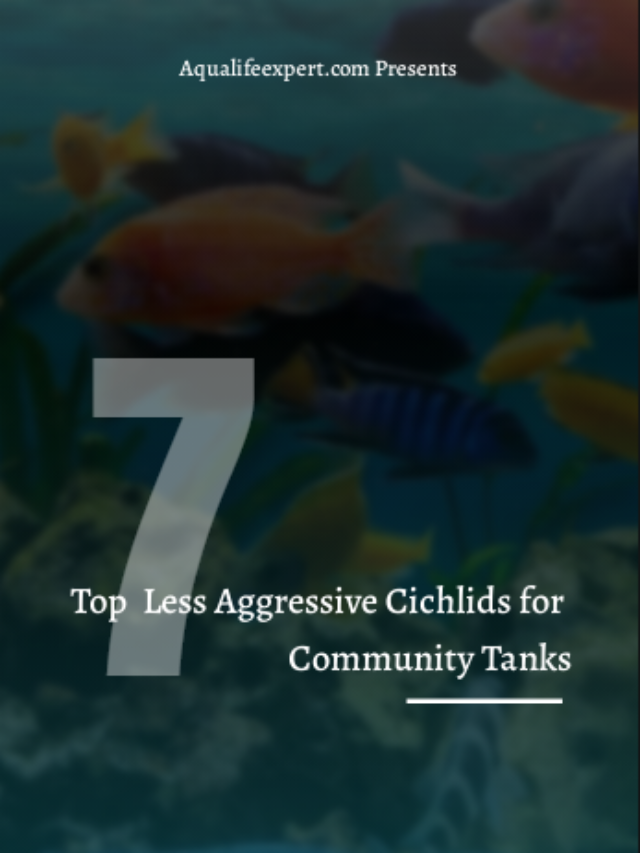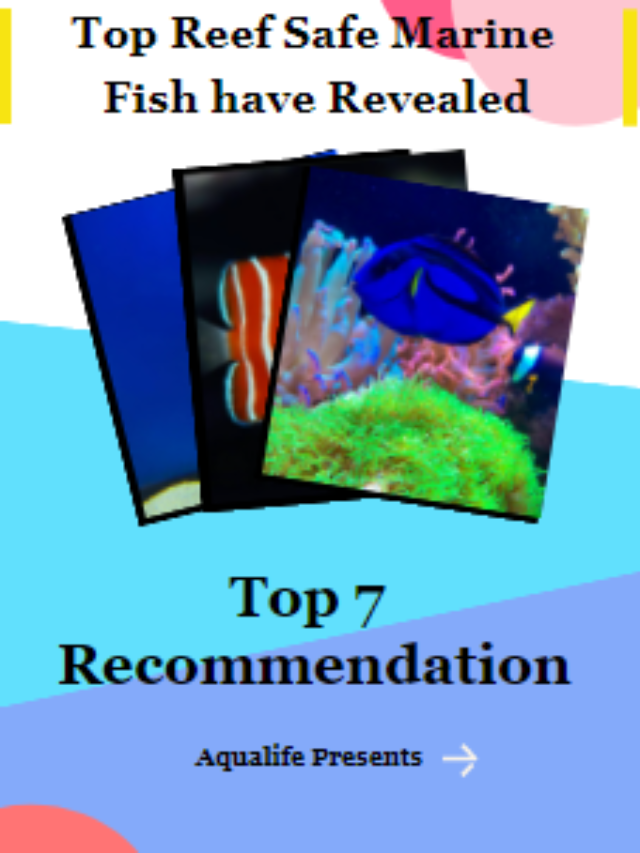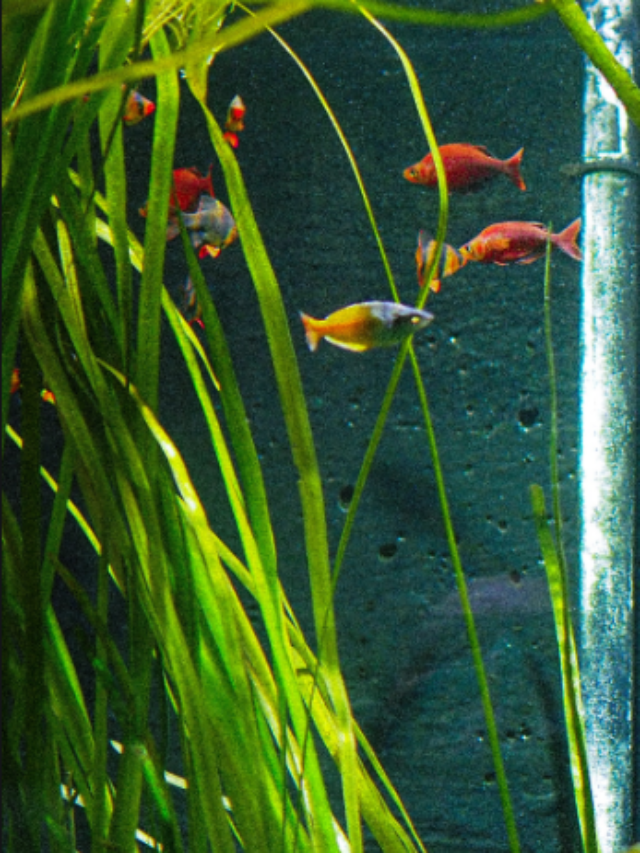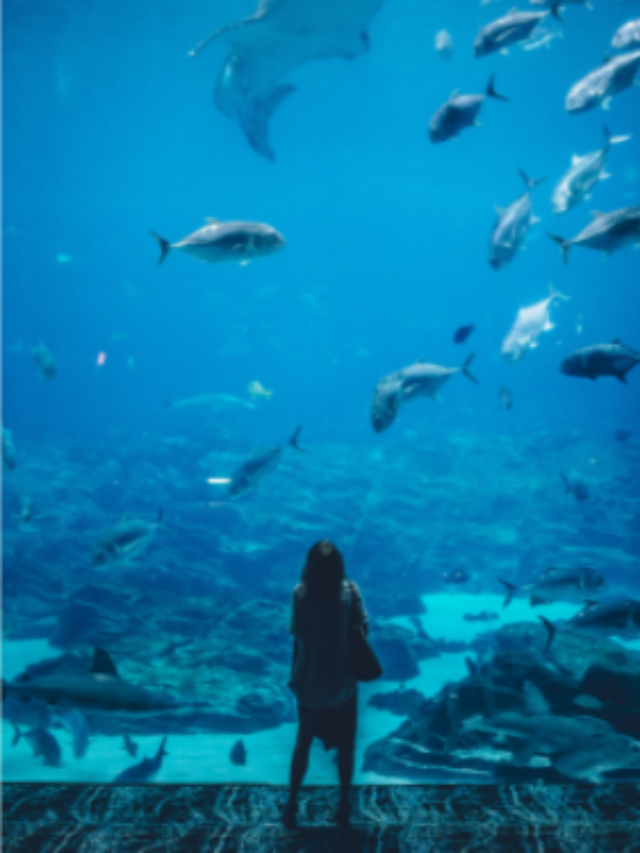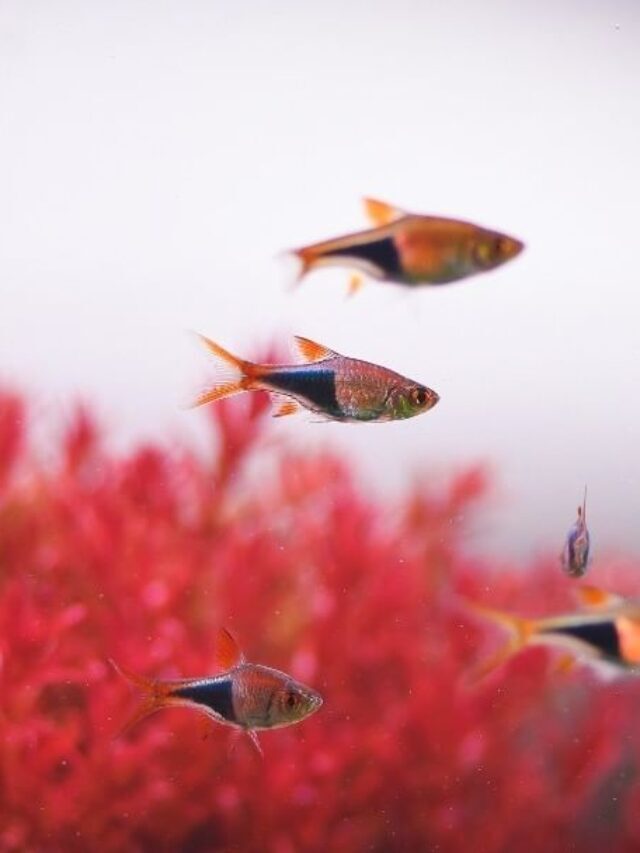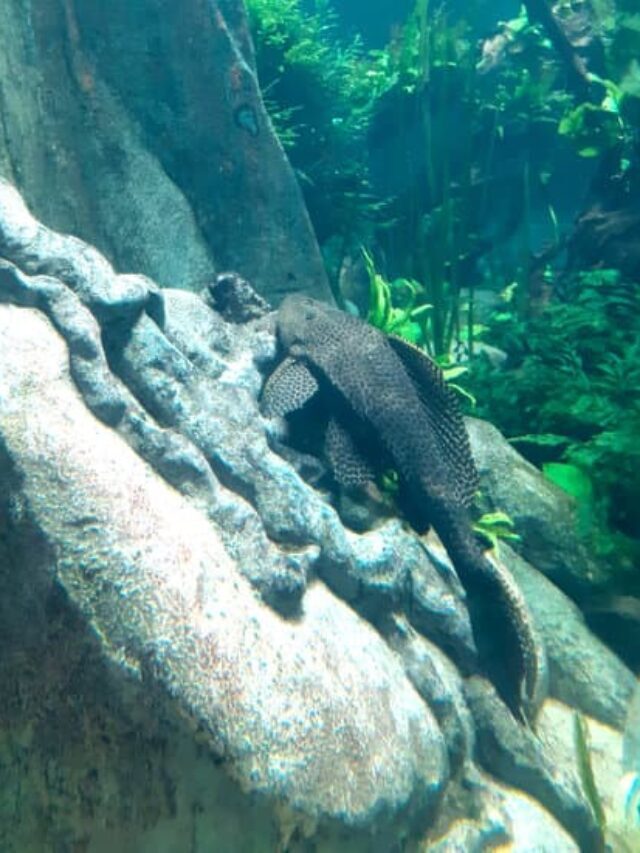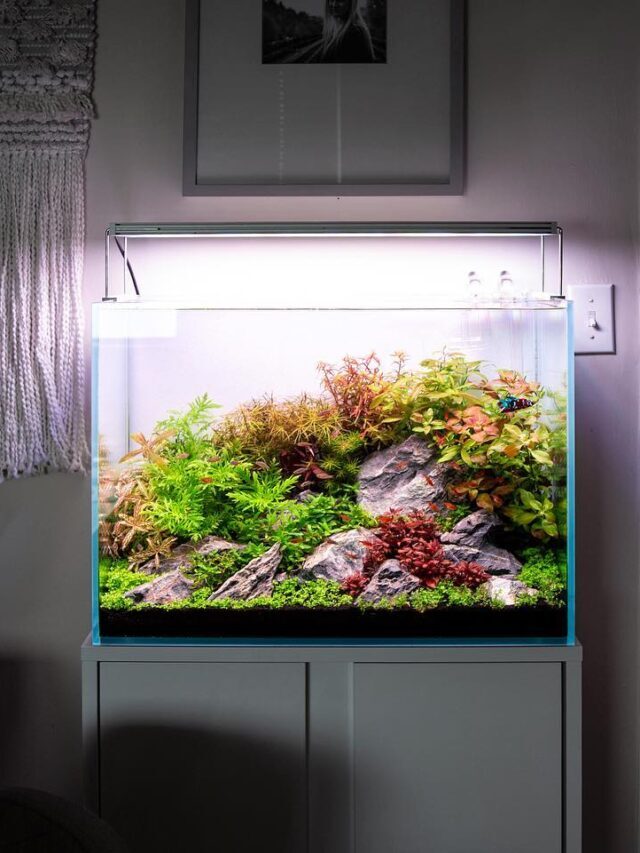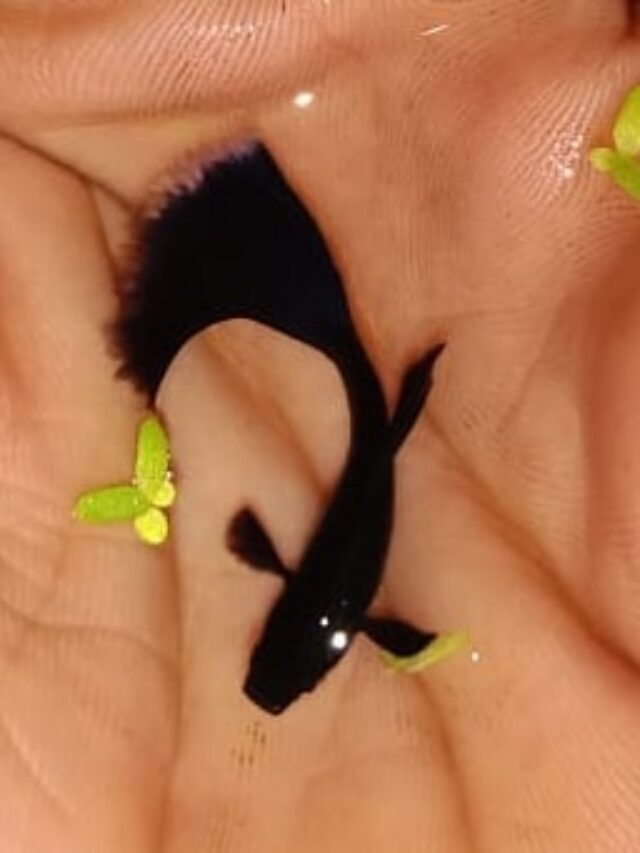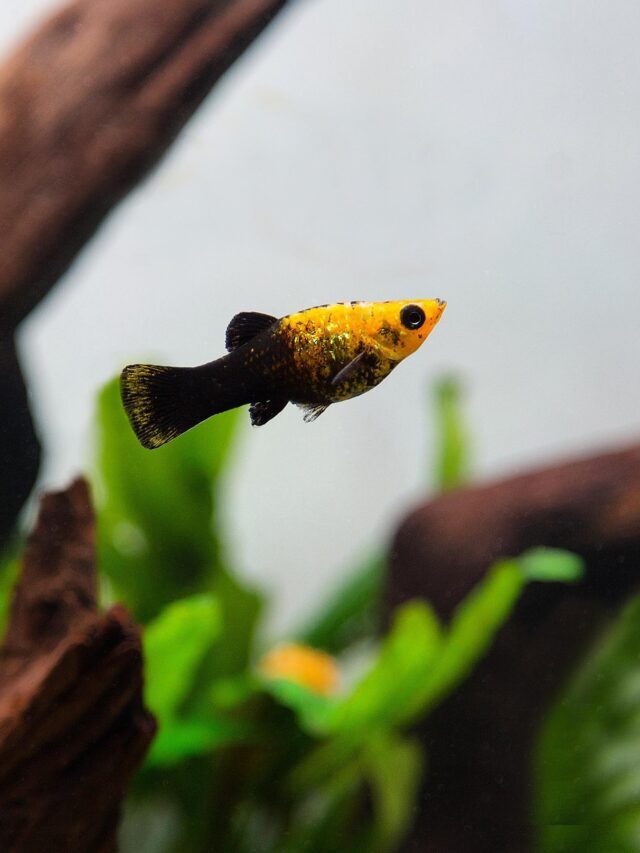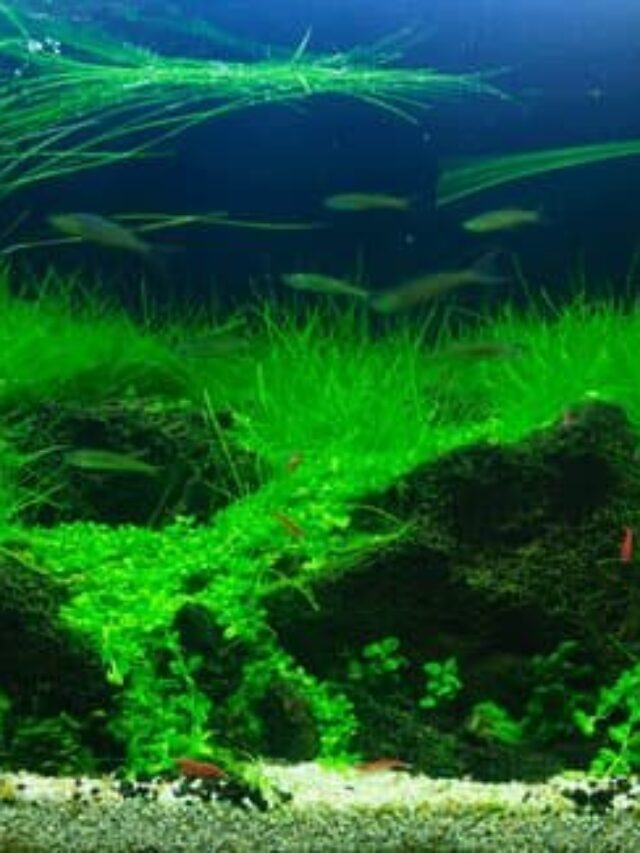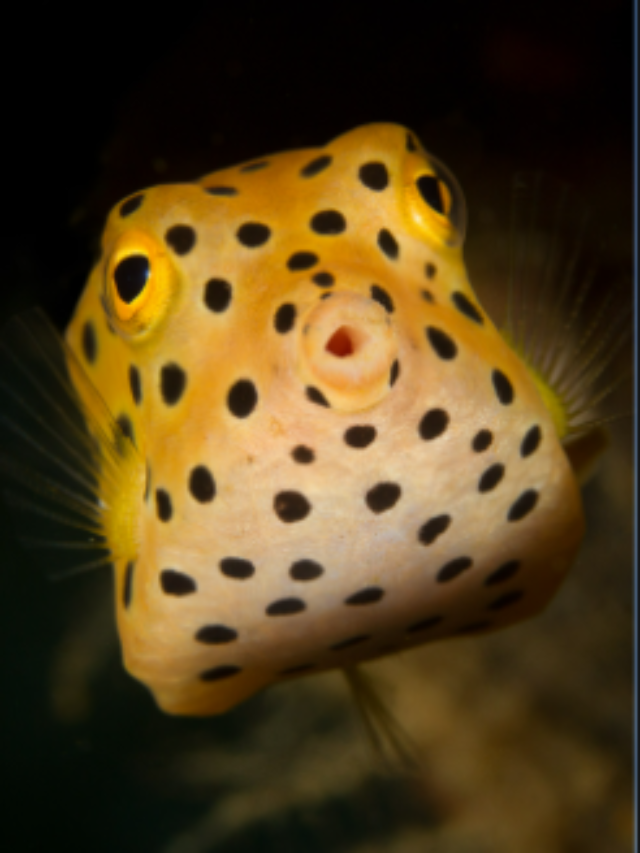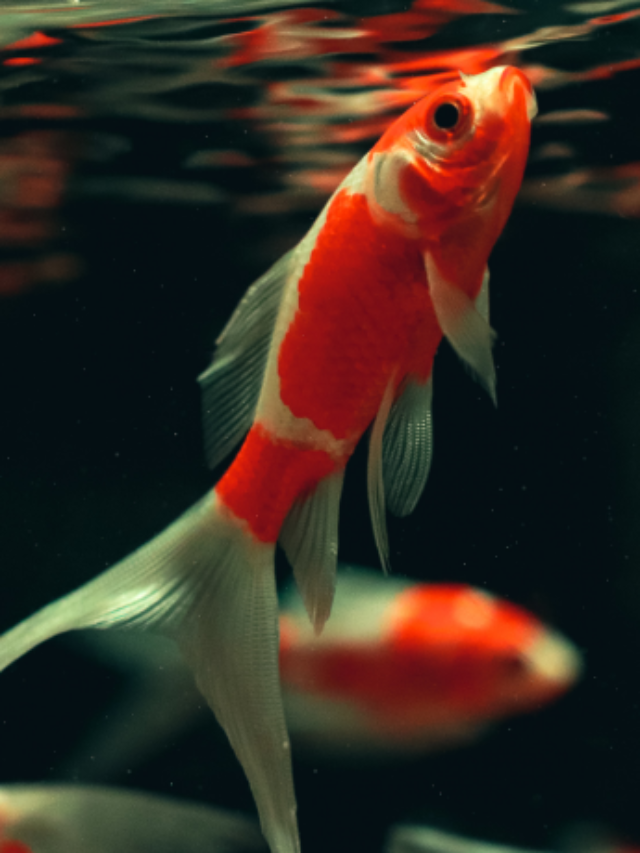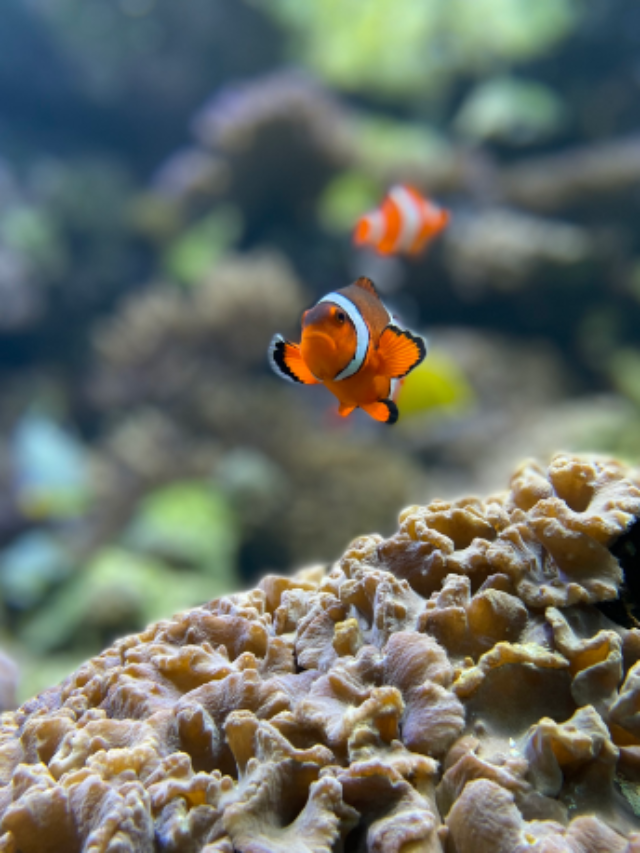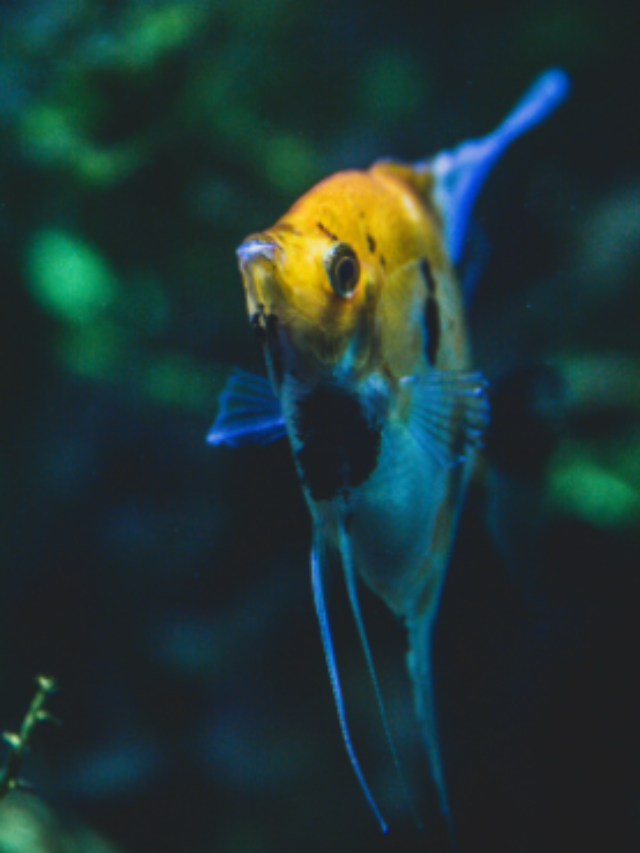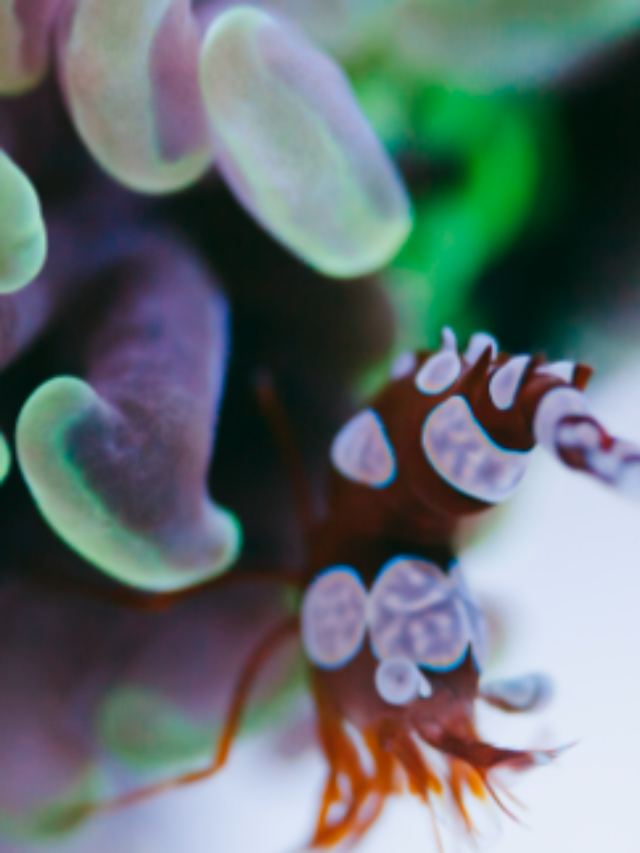Types of cichlid fishes: With complete chart & definitive guide
Check Our Quick Stories
If you want full of activities in your fish tank then cichlids are perfect for you. The color variations of these fishes will help your tank to be colorful all the time. So you should know the types to select for your aquarium.
Hundreds of types are out there of cichlids. But we’ll know what the most popular types are which you can choose for starting. Then we’ll dive deep into it.
9 Most popular types of cichlid fishes for fish tank
-
Angelfish
-
Blood Parrot cichlid
-
Convict cichlid
-
Oscar fish
-
Discus fish
-
Green terror cichlid
-
Bolivian Ram Cichlid
-
Peacock cichlid
-
Firemouth cichlid
These are the common 10 types of cichlids fishes which you can consider as common cichlids for your fish tank. Now we’ll know about each of these fishes comprehensively.
Let’s take a look at a chart to know some important data about these 10 popular cichlids
Angelfish
Like other cichlids, angelfish is not so much aggressive. That’s why beginners can keep it as a pet easily. This is South American cichlids. As this fish loves a swampy environment that’s why you need some mosses or plants to keep angelfish. Java moss and java fern will be the best for angelfish. Here it feels safe.
The right water temperature should be 23°C to 28°C. So try to maintain the temperature of your fish if you have angelfish. The pH level of water should be between 6.8 to 7. If you want to know about the substrate then I will say that you should use soft clayey substrate for angelfish because it has the nature to dig.
You can keep a pair of angelfish easily. More than two fishes need more space that’s why a minimum of 10 gallon water is proper for one angelfish. A pair of angelfish need a minimum 20-gallon fish tank.
If I talk about companions of angelfish then discus, silver arowana, dwarf cichlids, small catfish, plecos will be some great options. But you must avoid oscars, convict cichlids, and barbs to keep with angelfish. If you keep these fishes with angelfish then these will end up fishing against each other.
Read more:- Are snails compatible with cichlids? Comparison with each cichlid
Blood parrot cichlid
A nice yellowish red-colored fish can be your pet if you want to keep cichlids in your fish tank. This is Central American cichlid fish. Generally, this is peaceful fish but when it gets stressed anyhow then it will be aggressive like other cichlids.
As this is the fish from the Amazon River, that’s why it loves to stay in a planted aquarium. The planted aquarium is not mandatory for these cichlids but if you provide a well-planted environment then it will be more active. It loves hiding spots in the fish tank so don’t forget to provide hiding spots here and there.
This is mid-dwellers but it goes seldom to the bottom of the tank and tries to find foods. So you need to provide soft sandy or fine substrate instead of hard rocky gravel or coarse substrate. This needs high oxygen to survive so if you see signs of low oxygen level in your tank then immediately you should take action to fix this issue.
The pH level should lie between 6.5-7.4 and the water temperature should vary between 24°C to 27°C to keep blood parrot cichlids in your tank.
This blood parrot cichlid needs lots of space to stay. So you have to build a bigger one if you want to keep this. A minimum 30-gallon tank is required for one cichlid but for pair 40-50 gallon tank is enough.
Dwarf gourami, angelfish, kribensis can be great companions of blood parrot cichlid. But you should not keep smaller fishes like tetras or guppies
Convict cichlid
If you want to keep some aggressive cichlids in your aquarium then you can consider convict cichlids to keep. This type of cichlid is very much aggressive and territorial in nature. So this is not very easy to keep. You need a little bit of experience in fish keeping.
These are South American cichlids and are most popular after angelfish. The black strip on its white body will be the most alluring thing in your fish tank if you keep convict cichlid.
To keep this cichlid you need lots of plants, caves hiding places etc. As this is so much active and territorial in nature it tries to defend its territory till its last breath. Convict cichlid has a habit to dig into the substrate so if your substrate is clayey or sandy then water will be cloudy enough. So you should use hard rocky coarse gravel as a substrate if you have convict cichlids.
The right fish tank temperature should be between 24°C to 28°C and the pH level should vary between 6.6 to 7.8
As convict cichlid is aggressive in nature that’s why it needs more space than any other type of cichlids. A pair of convict cichlid needs a minimum 40-gallon tank to move freely.
For tank mates of convict cichlids, you can choose green terror, giant danio, firemouth cichlid, etc. But if you are a beginner then try to keep only a pair of convict cichlid in a single tank. Try to avoid any type of same-sized fish or same sized less aggressive fish with it.
Read more:- Is goldfish compatible with cichlids?
Oscar fish
Oscar fish is famous for its aggression and its territorial behavior. This is hard to control if some other fishes come into its territory. It will not afraid to attack any type of fish. So before adding this fish to your fish tank you should set up your tank well.
This Oscar fish is a South American fish. This dwells in the Amazon River so it needs that kind of environment in the fish tank to stay healthy. A healthy Oscar fish can live up to 20 years. In the fish tank, it dwells at the mid-portion of the tank but it goes bottom of the tank sometimes. It has a bad habit to uproot the plants from the substrate. So you need some floating plants, caves, driftwood, etc in your tank to keep Oscar fish.
As Oscar fish loves to dig that’s why it needs sandy substrate. If you provide coarse substrate then it could be hurt. The right temperature of the water should lie in between 21°C to 27°C. This fish can’t tolerate extreme alkalinity or extreme acidity. That’s why between 6-8 is the perfect pH to keep Oscar fish.
Oscar fish needs a lot of space to stay that’s why you have to provide a bigger aquarium for it. If you give it small space then it would become more aggressive and hard to control. One Oscar fish needs a minimum 50-gallon tank but for a pair, a 70-gallon tank is enough.
The perfect companion of Oscar can be arowana, convict cichlids, green terror, etc. Don’t keep any small peaceful fish with it. Oscar will kill it definitely. So choose a passive fish as its companion.
Discus fish
Among all common cichlids, discus fish is a very peaceful and community type of fish. This is not territorial in nature like other common cichlids are. But peaceful fish doesn’t mean it’s easy to care. This is not for the newbie. If you are just starting out this hobby then you must need a little bit of experience to keep discus fish in your aquarium.
These are South American cichlids, especially find in the Amazon River. So you need to provide that kind of tank set up to keep discus fish. Your tank should have lots of plants where it can hide and play. Java moss will be the best option for it. You can keep a group of discus fish together and that will be more alluring to see.
This is round in shape and it’s very thin that’s why this is more eye-soothing. This is bright and more colorful than any other cichlids. This is basically mid-dweller but it can go anywhere in the tank. But it loves to stay around the driftwood and plants.
The ideal water temperature to keep discus fish should vary in between 27°C to 31°C and the ideal pH level should lie between 6-7. Discus fish is pretty sensitive to acidity and alkalinity. So frequently changes should not be acceptable for keeping this.
One discus fish needs a minimum of 7 gallons of water to move freely. But you shouldn’t keep one fish in your tank. Minimum you must need 5 fishes to keep each of them healthy. So that’s why 50-gallon tank is enough for 5 fishes
Perfect thank companion can be neon tetra, ember tetra, gourami etc. If you keep these fishes together then the tank will be so much colorful to see. But avoid keeping aggressive fishes with it.
Read more:- Is the discus turning black? Don’t make these horrible mistakes
Green Terror Cichlid
If you see a green and blue-colored slender fish in a shop then you should know that fish is called green terror cichlid. This is not peaceful so you need a little bit of experience to keep this cichlid in your fish tank. You should know that female green terror cichlid is more aggressive than a male one. It becomes more aggressive during the spawning season.
This is a South American cichlid and it needs a natural planted shadowy environment. So when you put it in a fish tank then try to provide lots of plants, caves driftwood in it. Anubias, Java fern can be two great options as plants. This has not a particular territory. It swims all around the tank from top to bottom. As a substrate, you can use rocks or sand. There are no restrictions around it.
One of the main characteristics of male green terror is it gains a round bump on its head and this bump helps to know which one is male and which one is female.
The water temperature should vary between 20°C to 25°C and the pH level should vary between 6.5-8.
The more you give space, the less aggressive it will be. So try to start with a bigger aquarium. A single green terror cichlid needs a minimum 30-gallon fish tank to stay healthy. For a pair, you need a 60-gallon fish tank definitely.
Flowerhorn, firemouth cichlid, silver dollar, etc. can be some good tank mates of green terror cichlid. But you shouldn’t keep smaller fishes like corydoras, African cichlid, etc. with it.
Bolivian Ram Cichlid
If you want a shy type of easy-care cichlid fish then Bolivian ram is one of them. This tiny little cichlid is a very funny type of fish. The main home of this greyish blue-colored fish is Brazil and Bolivia. The male one has a pointed dorsal fin and the female is slightly bigger than the male.
This is easy to keep but you need to surveillance all the time on the oxygen level. You need a good filter to keep this cichlid. But still, these fish face white spot disease which is not good for Bolivian ram.
To keep healthy and stress-free this fish needs lots of plants in your aquarium. To fix this issue you can use java fern, java moss, anubias, Amazon sword, etc as an aquatic plant. You should not keep this fish under high-intensity light. As a substrate, you can use small pebbles, sand, etc.
The right water temperature should vary between 23°C to 25°C and pH level should vary between 6-7.4
The minimum tank size is needed for Bolivian ram cichlid is 30 gallon. But during the spawning period, it needs a bigger tank (minimum 50 gallon). So it is better to start with a bigger one.
The right tank mates of Bolivian ram will be Emperor Tetra, Dwarf gourami, silver dollar etc. But avoid keeping any aggressive fishes and smaller shrimp (cherry red shrimp) with it.
Peacock cichlid
Among all colorful cichlids, peacock cichlid is one of them. This cichlid fish is famous for its color and its peaceful nature. If you want to make a community tank then peacock cichlid can be a great option for you.
This basically comes from Africa. But these peacock cichlids have 22 varieties. All of these cichlids are colorful and alluring. So if you want to make your tank colorful and active then you should consider peacock cichlid as a pet. You can find blue, orange-yellow, golden-colored peacock cichlid easily from any shop.
Peacock cichlid is found from Lake Malawi and this lake is alkalinity in nature that’s why you need to provide this type of environment. You should provide plenty of rocks, caves, driftwood, etc. Generally, this is peaceful in nature but it is territorial in also. More caves and hiding places can break the territorial nature of this cichlid. So don’t forget to provide lots of hiding places in your fish tank.
As a substrate, you can use find sand and that will be good for peacock cichlid fish. The pH level of water should vary between 7.8-8.6 and the water temperature should lies in between 24°C to 27°C.
Peacock cichlid needs a 50-gallon fish tank to survive without stress. This quantity of space is needed to keep this fish healthy. But for the community tank, you can go for a 100-gallon fish tank.
Copadichromis, Placidochromis, Nyassachromis fishes will be the best tank mate of peacock cichlid as these are all come from Lake Malawi. Petrotilapia, Labeotropheus, Pseudotropheusare such fishes from Lake Malawi which should avoid keeping with peacock cichlid as these are aggressive and more active.
Firemouth cichlid
If you are just starting fish keeping then firemouth cichlid is for you. This is very easy to keep and it is a peaceful fish. Like other cichlids, this doesn’t like to fight all the time. But when the spawning season comes then it becomes territorial and aggressive. So you should keep this fish definitely if you want to gain experience in it.
Especially Firemouth cichlids are Central American fish but we can find it at different places such as Australia, Singapore, etc. As firemouth cichlid stays in shallow and turbid water that’s why you need to provide that kind of environment for it. This cichlid can fall into sickness due to slight changes in the environment. You must check the ammonia and nitrate level of the water column. Firemouth cichlid can’t live in high ammonia or nitrate level. So if you see the slight changes of these parameters then immediately you should take precautions.
The ideal water temperature should be between 23°C to 30°C and the pH level should be lie between 6.5-8.0.
The tank size should be a minimum of 30 gallon for a pair. But if you want to keep only one then 15 gallon is enough but I recommend keeping a pair because it will reduce the stress of it.
Tetra and pictus catfish will be their ideal tank mate but keep eye on it during the breeding period. During this time it becomes more aggressive and you need to separate it at that time. Try to avoid angelfish and dwarf cichlids which are not compatible with firemouth cichlid.
Till now we’ve discussed some common types of cichlid fishes which you can keep in your fish tank. Now we’ll know about the types of cichlids region-wise. Let’s start
Types of North American Cichlid fishes
North American cichlids are not so famous as South or Central American cichlids. A lot of aquarists don’t know much about North American cichlids. So here we’re going to know some types of North American cichlids.
-
Nautla Cichlid
-
Turquoise Cichld
-
Texas Cichlid
-
Minkley’s Cichlid
-
Barton’s Cichlid
-
Aztec Cichlid
-
Chairel Cichlid
Types of South American Cichlid fishes
South American cichlids are the most popular fishes among all cichlids in the world. Here I’m going to say some types of South American cichlids
-
Severum
-
Blue Acara
-
Germen Blue Ram
-
Rainbow Cichlid
-
Cockatoo Cichlid
-
Discus Fish
-
Parrot Fish
-
Angel Fish
Types of Central American Cichlid fishes
Here you are going to know about some types of Central American cichlids
-
Firemouth Cichlid
-
Texas Cichlid
-
Salvani Cichlid
-
Pink Convict Cichlid
-
Black Convict Cichlid
-
Electric Blue Jack Dempsey
-
Jack Dempsey
-
Gold Angel Veil Ram
Types of African Cichlids
-
Mbuna Mixed Cichlid
-
Maingano Cichlid
-
Blue Peacock Cichlid
-
Red Zebra Cichlid
-
Acei Cichlid
-
Albino Kribensis Cichlid
-
Demasoni Cichlid
-
Bumblebee Cichlid
Read more:- South American VS African Cichlids: Don’t buy before knowing it
Final thoughts
Here In this article, I’ve told almost everything about the types of cichlids. If you want to keep cichlid as pets then you should go for the most popular cichlids because these are colorful, alluring, and most active in aquariums.
But you can go for other types of cichlids also but for those you need to set up your tank differently. But it doesn’t mean those are different from common types of cichlids. You can handle them easily, if you have little bit experience in fish keeping.
So best of luck & happy fishkeeping 🐟



